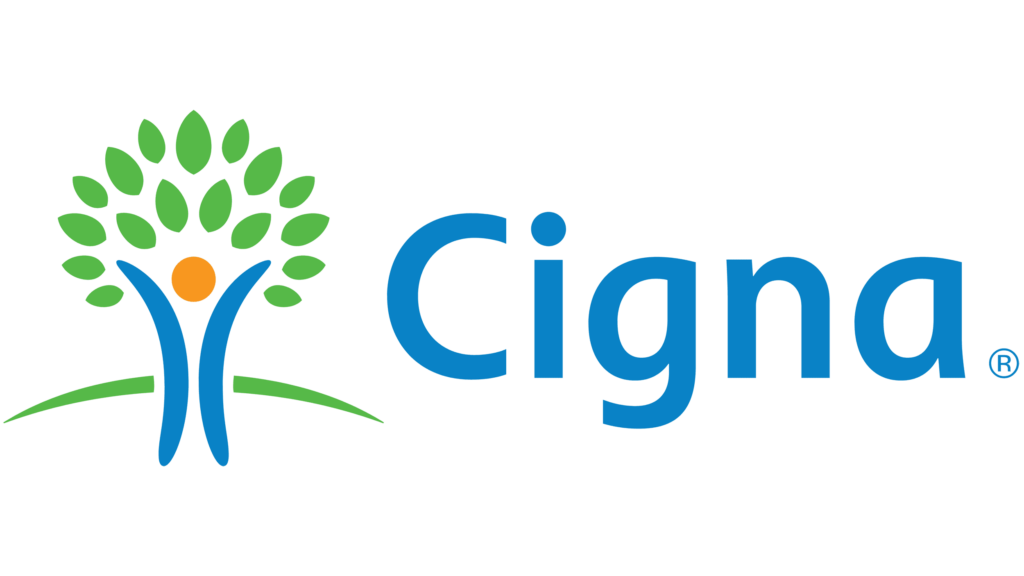LSD (lysergic acid diethylamide) undergoes complex metabolic processes in the human body, with detection times varying significantly based on testing methods and individual factors. The substance is rapidly absorbed through the gastrointestinal tract and distributed via the bloodstream to various organs, including the brain and liver.
The liver plays a central role in metabolizing LSD, converting it into inactive compounds through specialized enzymes. With a half-life ranging from 2.5 to 5.1 hours, approximately 50% of the drug is eliminated from the body within this timeframe89. The primary metabolite, 2-oxo-3-hydroxy-LSD, remains present in urine at concentrations 16 to 43 times greater than LSD itself, making it a valuable marker for detection.
Different testing methods offer varying capabilities for detecting LSD:
Asana Recovery works with most PPO plans, covering up to 100%. See if your insurance can help fund your journey. Click below to get a free quote.

The duration LSD remains detectable depends on several key variables:Physical Characteristics: Age, body mass, and metabolism rate significantly influence how quickly the body processes LSD. Older individuals typically metabolize the drug more slowly than younger people.
Usage Patterns: The dosage and frequency of use affect detection times. Higher doses may require longer periods to be fully eliminated from the system.
Health Factors: Liver and kidney function, hydration levels, and overall health status play crucial roles in the drug’s elimination process.
Most standard drug screenings don’t typically include LSD due to its rapid metabolism and the need for specialized detection methods. Advanced testing techniques, such as gas chromatography-mass spectrometry, are required for accurate detection. These specialized tests can identify both LSD and its metabolites, particularly in laboratory settings.
While LSD itself leaves the system relatively quickly, some users may experience flashbacks or hallucinogen persisting perception disorder long after the drug has been eliminated. These effects are independent of the drug’s presence in the body and can occur months or even years after use.The detection and metabolism of LSD remain complex subjects influenced by numerous variables. Understanding these factors is crucial for both medical professionals and individuals seeking information about the drug’s presence in their system.
We get it. Addiction recovery is tough. That’s why our programs are founded and staffed by people in recovery – people who truly understand.
If LSD use is impacting your life or the life of someone you care about, Asana Recovery is here to help. Our expert team provides compassionate, evidence-based treatment tailored to your unique needs. Contact us today to take the first step toward recovery and a healthier, drug-free future.
Take your first step towards lasting recovery. At Asana, we offer effective, insurance-covered treatment for addiction and mental health, guided by experts who understand because they’ve been there. Start your healing today.

This book has helped so many men and women; and we want to give it you for FREE. Get signed up today and discover how to unlock the grip of addiction and get back to living your best life.
In this book, you’ll discover…
— The Most Common Misconceptions About Addiction and Rehab
— Why Rock Bottom is a Myth and What You Can Do About It
–The Steps to Healing From Trauma, Both Mentally and Emotionally
–And much more!
You could save up to 100% of your treatment using your Insurance.





By submitting this form, you agree to Asana Recovery’s Privacy Policy. You also consent to Asana Recovery contacting you by phone, text message, and email regarding your insurance benefits and treatment services. You acknowledge that text messaging may involve risks, authorize the use of your Protected Health Information (PHI) for these communications, and understand you can opt-out of text messages at any time by replying “STOP”.
Asana Recovery
We firmly believe that the internet should be available and accessible to anyone, and are committed to providing a website that is accessible to the widest possible audience, regardless of circumstance and ability.
To fulfill this, we aim to adhere as strictly as possible to the World Wide Web Consortium’s (W3C) Web Content Accessibility Guidelines 2.1 (WCAG 2.1) at the AA level. These guidelines explain how to make web content accessible to people with a wide array of disabilities. Complying with those guidelines helps us ensure that the website is accessible to all people: blind people, people with motor impairments, visual impairment, cognitive disabilities, and more.
This website utilizes various technologies that are meant to make it as accessible as possible at all times. We utilize an accessibility interface that allows persons with specific disabilities to adjust the website’s UI (user interface) and design it to their personal needs.
Additionally, the website utilizes an AI-based application that runs in the background and optimizes its accessibility level constantly. This application remediates the website’s HTML, adapts Its functionality and behavior for screen-readers used by the blind users, and for keyboard functions used by individuals with motor impairments.
If you’ve found a malfunction or have ideas for improvement, we’ll be happy to hear from you. You can reach out to the website’s operators by using the following email
Our website implements the ARIA attributes (Accessible Rich Internet Applications) technique, alongside various different behavioral changes, to ensure blind users visiting with screen-readers are able to read, comprehend, and enjoy the website’s functions. As soon as a user with a screen-reader enters your site, they immediately receive a prompt to enter the Screen-Reader Profile so they can browse and operate your site effectively. Here’s how our website covers some of the most important screen-reader requirements, alongside console screenshots of code examples:
Screen-reader optimization: we run a background process that learns the website’s components from top to bottom, to ensure ongoing compliance even when updating the website. In this process, we provide screen-readers with meaningful data using the ARIA set of attributes. For example, we provide accurate form labels; descriptions for actionable icons (social media icons, search icons, cart icons, etc.); validation guidance for form inputs; element roles such as buttons, menus, modal dialogues (popups), and others. Additionally, the background process scans all the website’s images and provides an accurate and meaningful image-object-recognition-based description as an ALT (alternate text) tag for images that are not described. It will also extract texts that are embedded within the image, using an OCR (optical character recognition) technology. To turn on screen-reader adjustments at any time, users need only to press the Alt+1 keyboard combination. Screen-reader users also get automatic announcements to turn the Screen-reader mode on as soon as they enter the website.
These adjustments are compatible with all popular screen readers, including JAWS and NVDA.
Keyboard navigation optimization: The background process also adjusts the website’s HTML, and adds various behaviors using JavaScript code to make the website operable by the keyboard. This includes the ability to navigate the website using the Tab and Shift+Tab keys, operate dropdowns with the arrow keys, close them with Esc, trigger buttons and links using the Enter key, navigate between radio and checkbox elements using the arrow keys, and fill them in with the Spacebar or Enter key.Additionally, keyboard users will find quick-navigation and content-skip menus, available at any time by clicking Alt+1, or as the first elements of the site while navigating with the keyboard. The background process also handles triggered popups by moving the keyboard focus towards them as soon as they appear, and not allow the focus drift outside it.
Users can also use shortcuts such as “M” (menus), “H” (headings), “F” (forms), “B” (buttons), and “G” (graphics) to jump to specific elements.
We aim to support the widest array of browsers and assistive technologies as possible, so our users can choose the best fitting tools for them, with as few limitations as possible. Therefore, we have worked very hard to be able to support all major systems that comprise over 95% of the user market share including Google Chrome, Mozilla Firefox, Apple Safari, Opera and Microsoft Edge, JAWS and NVDA (screen readers).
Despite our very best efforts to allow anybody to adjust the website to their needs. There may still be pages or sections that are not fully accessible, are in the process of becoming accessible, or are lacking an adequate technological solution to make them accessible. Still, we are continually improving our accessibility, adding, updating and improving its options and features, and developing and adopting new technologies. All this is meant to reach the optimal level of accessibility, following technological advancements. For any assistance, please reach out to